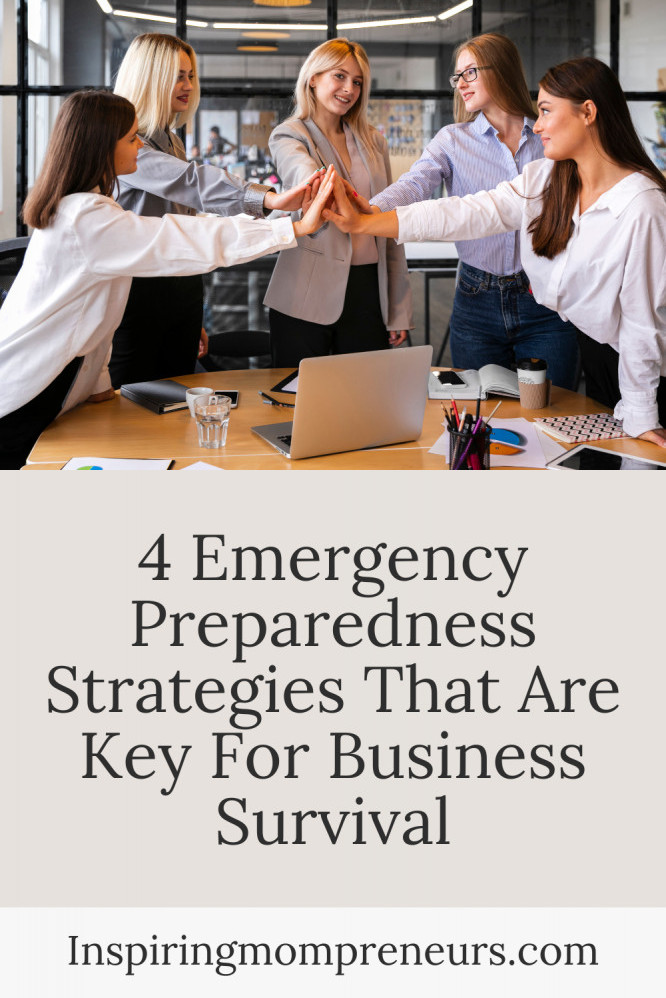Emergency preparedness strategies are an essential part of business survival. You should never assume that it will never happen to you. Emergencies can arise in any business and it’s those that are best prepared for them that are also able to handle them better. Here, we’re going to look at some of the practices you can start putting in place to make sure that you have a plan to follow if something goes wrong with your business.
4 Emergency Preparedness Practices To Ensure Business Survival
 1. Know Your Risks
1. Know Your Risks
There are all kinds of emergencies that can arise in the workplace, be it an injury, a fire, a blackout, and otherwise. You want to make sure that you’re preparing for all of those that are most likely, but how do you work out which those are? Arranging for a risk assessment of the workplace can help you get a much better idea of which emergencies might be most likely to happen.
Of course, they can give you some idea of how you can mitigate risks ahead of time and prevent them outright, but even with the right prevention in place, you should ensure that you’re still planning for the event that they do happen.
2. Train Your Team
First of all, you should recognize that getting through any emergency, be it a medical emergency, a fire, or otherwise, is going to rely on the team, not just one person. To that end, you should make sure that they have adequate training to rise up to the occasion.
Most importantly, you should make sure that you can handle medical emergencies by training team members in first aid so that they can provide immediate risk management before the professionals arrive. Some level of first aid training is mandatory in workplaces with teams of certain sizes, so make sure that you’re being compliant.
3. Have an Exit Plan
If there’s an emergency that’s threatening the entire office, such as a fire or some natural disaster, then you have to make sure that you have the equipment to handle it as safely as possible. Clear directions to the designated emergency exit and installations like exit lights to point the way can be crucial when people are panicked. Of course, you should ensure that you perform drills for emergency exits at least once a year to make sure that your team knows what to do when the real thing arises.
4. Get a Backup in Place
For some emergencies, you can lose access to your power, your internet, and other resources that you need. In those events, you might want to make sure that you have a backup at the ready. Having a generator in the workplace can get your power back up and running, and you can look at the potential of using a Wi-Fi dongle to help you get online when your connections might otherwise be down. Data backups are becoming increasingly important in the modern age, too.
Final Thoughts
We hope you’ve enjoyed reading our post about four emergency preparedness strategies that are key for business survival. Take the time to think about the type of emergencies that can happen in your workplace and make sure that you have the team, the equipment, and the procedures that can help you get through them.




I thoroughly liked reading your essay and found it useful and instructive. You provided some excellent advice and resources for emergency preparedness. I believe it is critical to be informed of potential calamities in your region, register for emergency notifications, have a “go bag” packed, have an action plan, protect your home, stock up on food and water, store things carefully,, and come home cautiously. These are all essential steps to take in an emergency to protect yourself and your family. And the aftermath of a calamity. Thank you for bringing this issue to our notice and sharing helpful information and tools for disaster planning. I will surely bookmark and share this content with my friends and relatives.